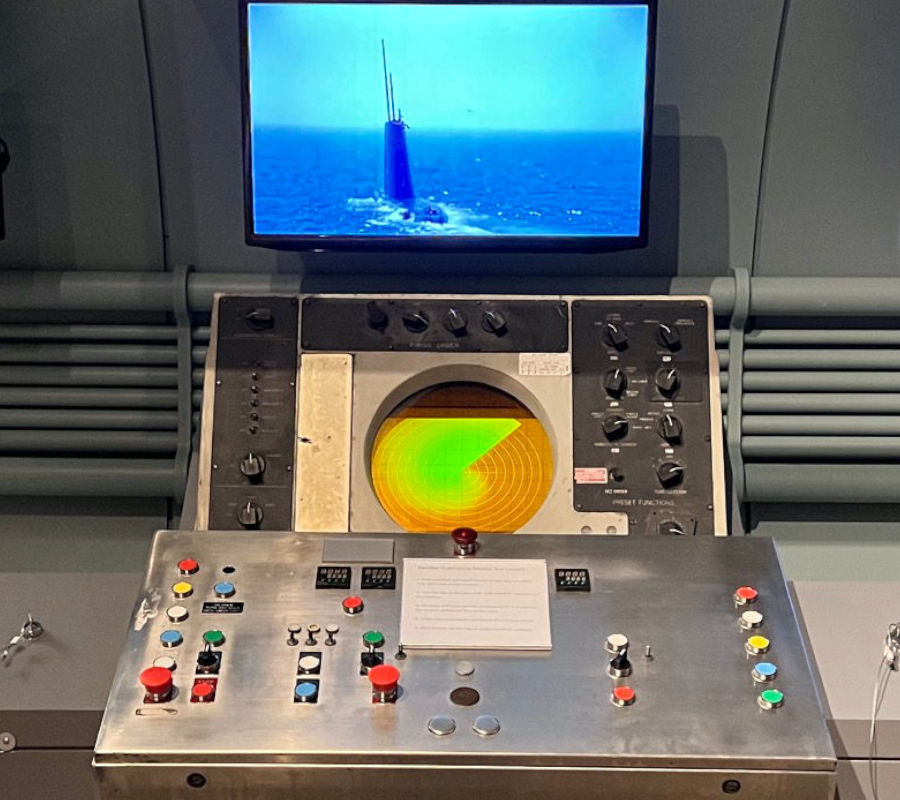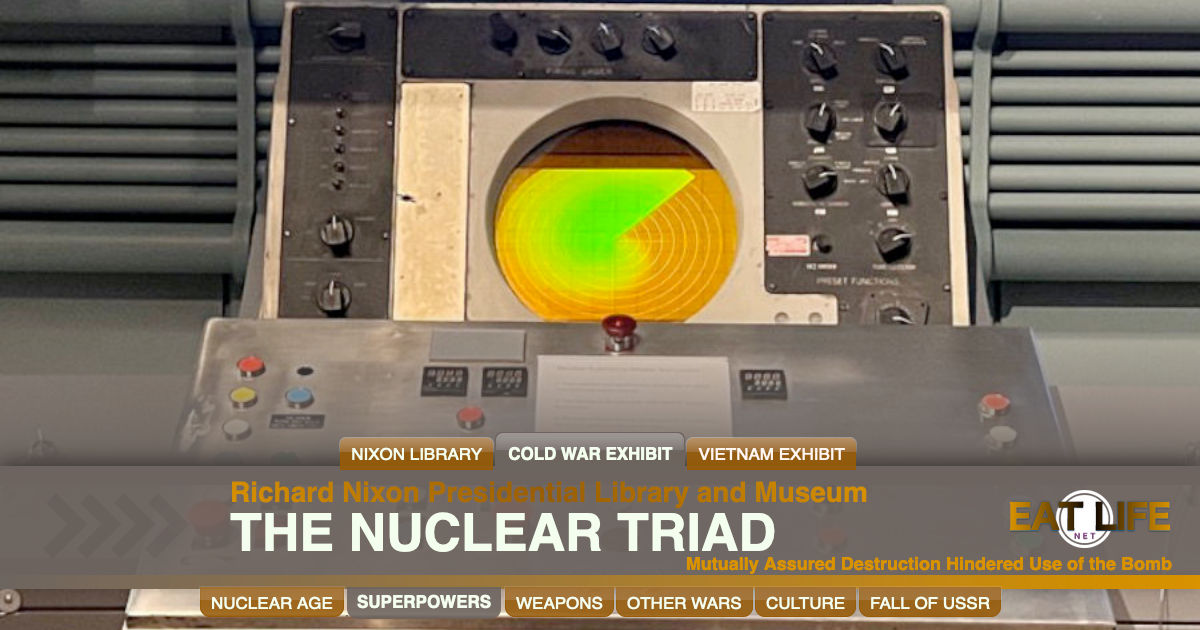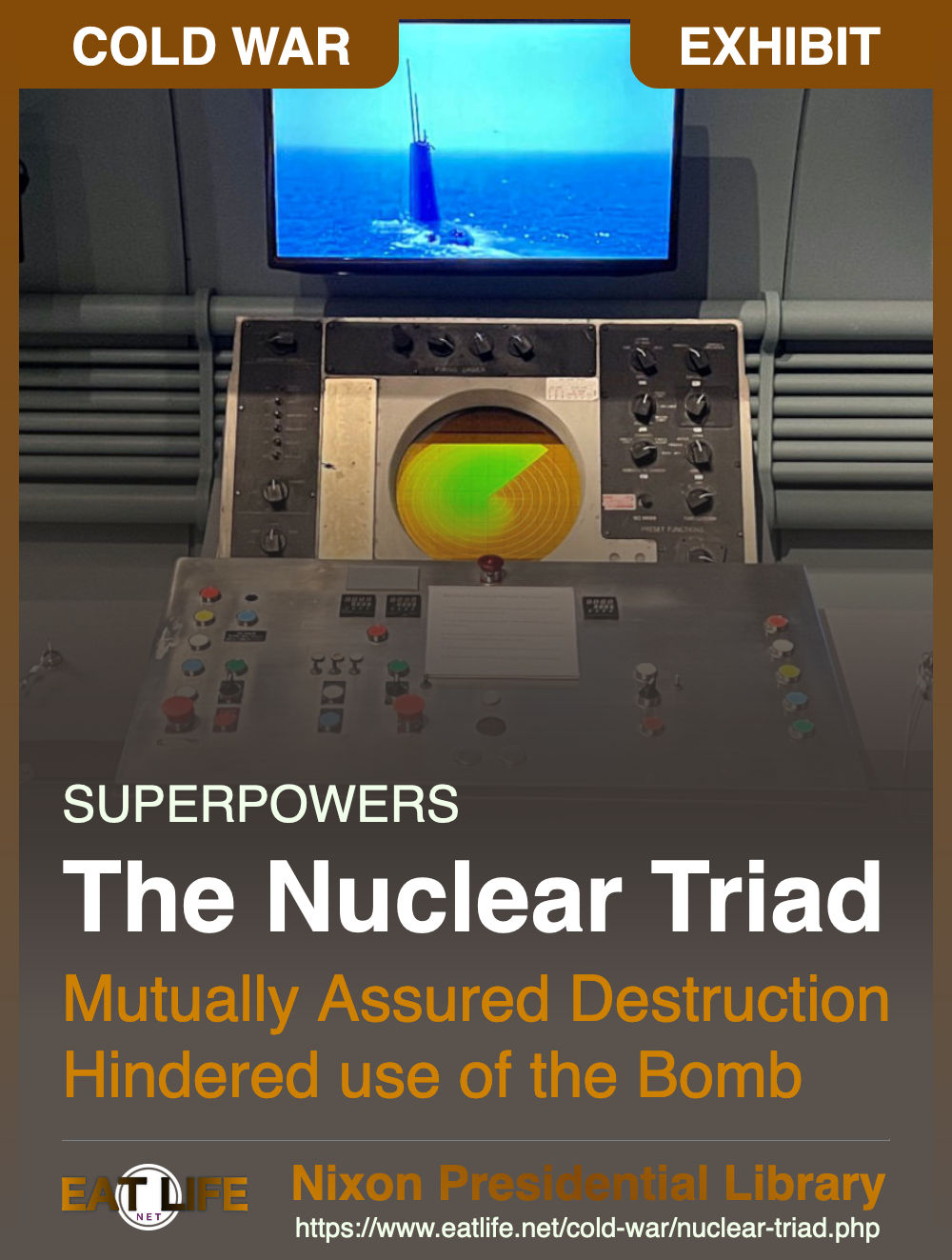One of the fundamental elements of America's nuclear doctrine during the Cold War was to disperse its nuclear weapons among ground, air, and sea-based platforms - the Nuclear Triad. This ensured that America could retaliate if the Soviet Union launched a first strike against the United States.
During the Cold War, these three legs of the Nuclear Triad formed "the backbone of America's national security:"
- Land-based intercontinental ballistic missiles carrying multiple nuclear warheads located in hardened underground silos dispersed across the United States.
- Air Force bases around the country were stocked with nuclear bombs that could be dropped from American bombers on enemy targets.
- United States Navy ballistic missile submarines, once carrying as many as 192 nuclear warheads, that could launch their weapons from under the sea.
Ballistic missile submarines are the most survivable leg of the nuclear triad. Their ability to hide made it highly unlikely they could be destroyed in a first strike. Operating deep under the surface of the ocean, they were equipped with technology making them almost impossible to locate.
Knowing that American submarines could survive a first strike and respond with devastating force, provided a powerful disincentive for the Soviets to launch a nuclear attack.
Often referred to as Mutually Assured Destruction - or MAD— the Nuclear Triad helped keep the Cold War from becoming a nuclear war.
Together, we share the capacity to destroy forever our common heritage of 4,000 years of civilization. Together, we are moving to ensure that this will not - because it must not - happen.- President Richard Nixon, June 5, 1974
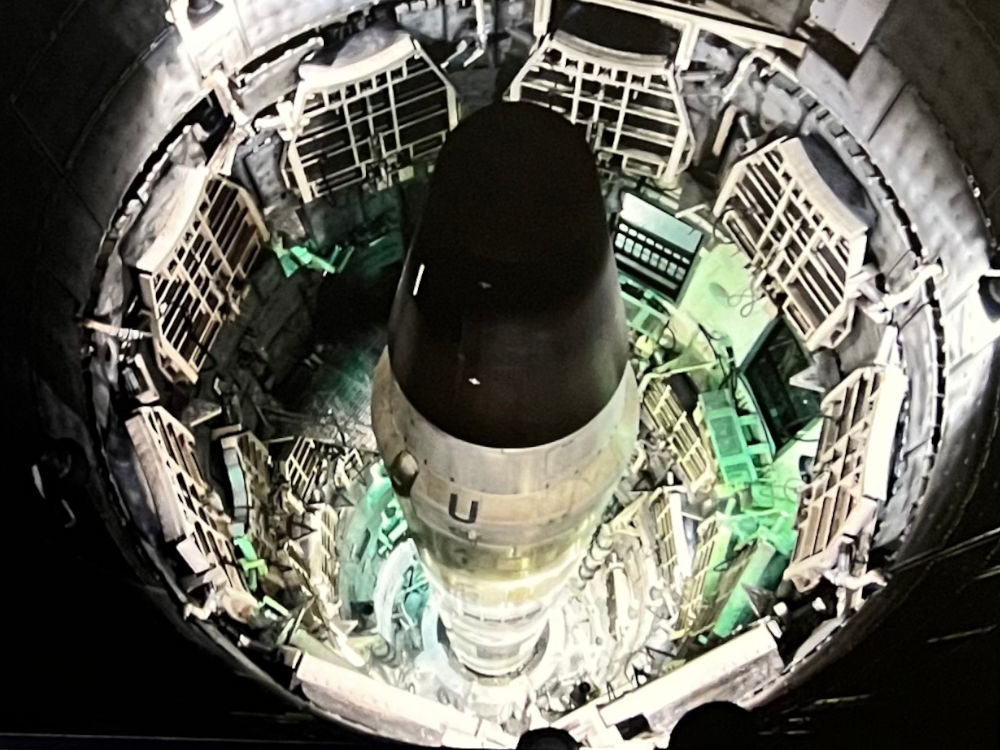
- Titan Missile Silo in Tucson, Arizona
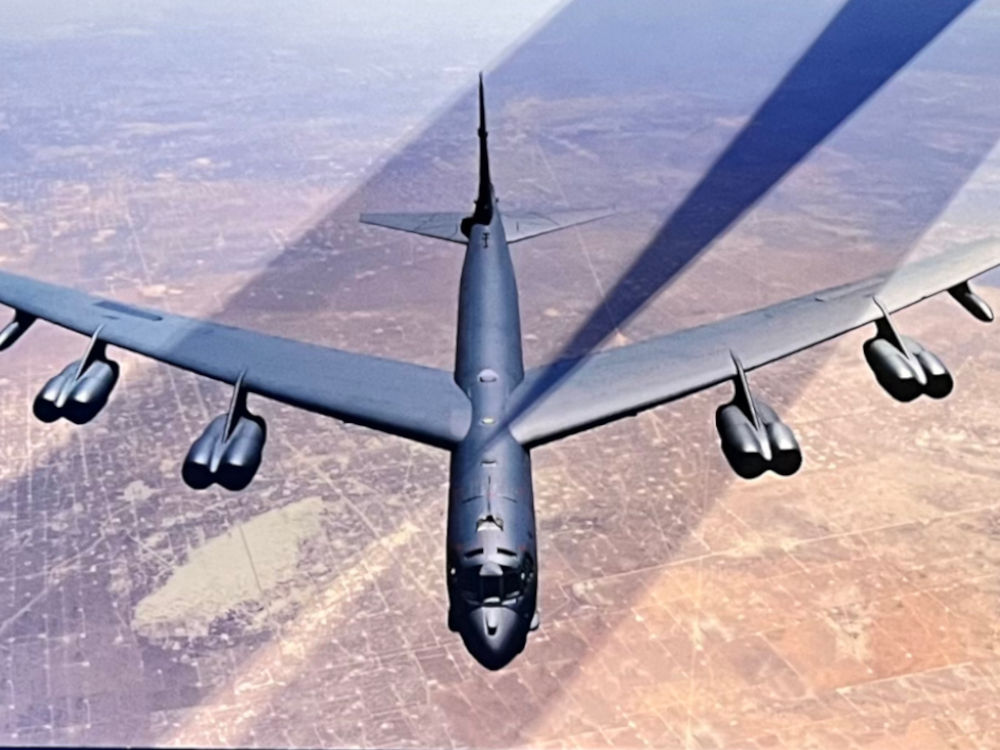
- U.S. Air Force B-52 Stratofortress
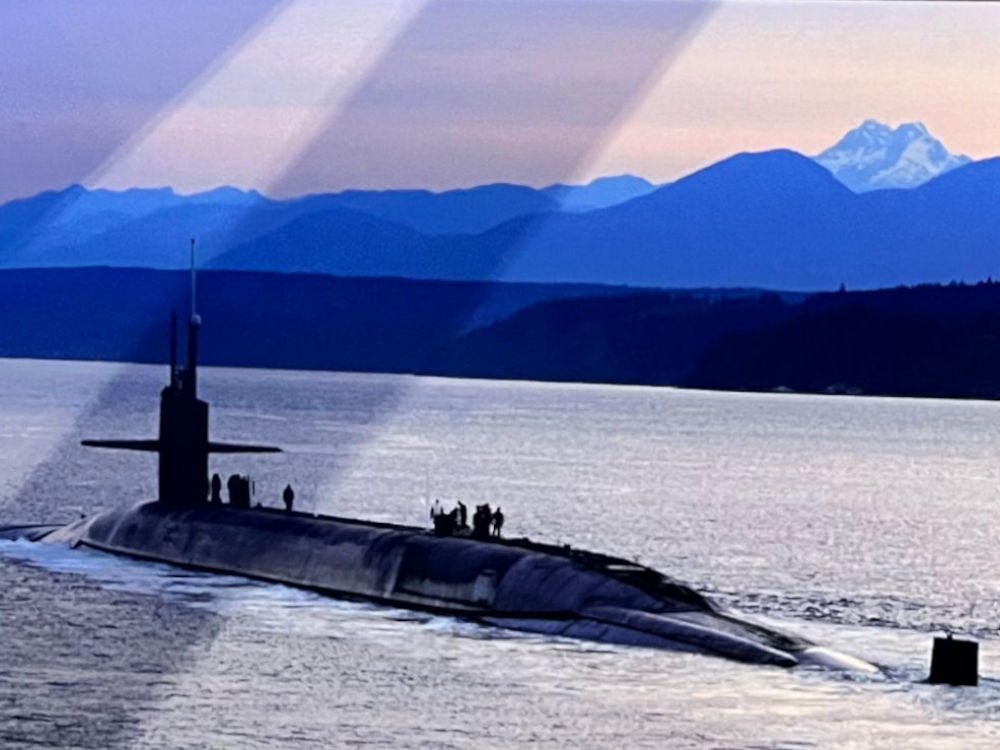
- USS Henry M. Jackson, an Ohio Class ballistic missile submarine
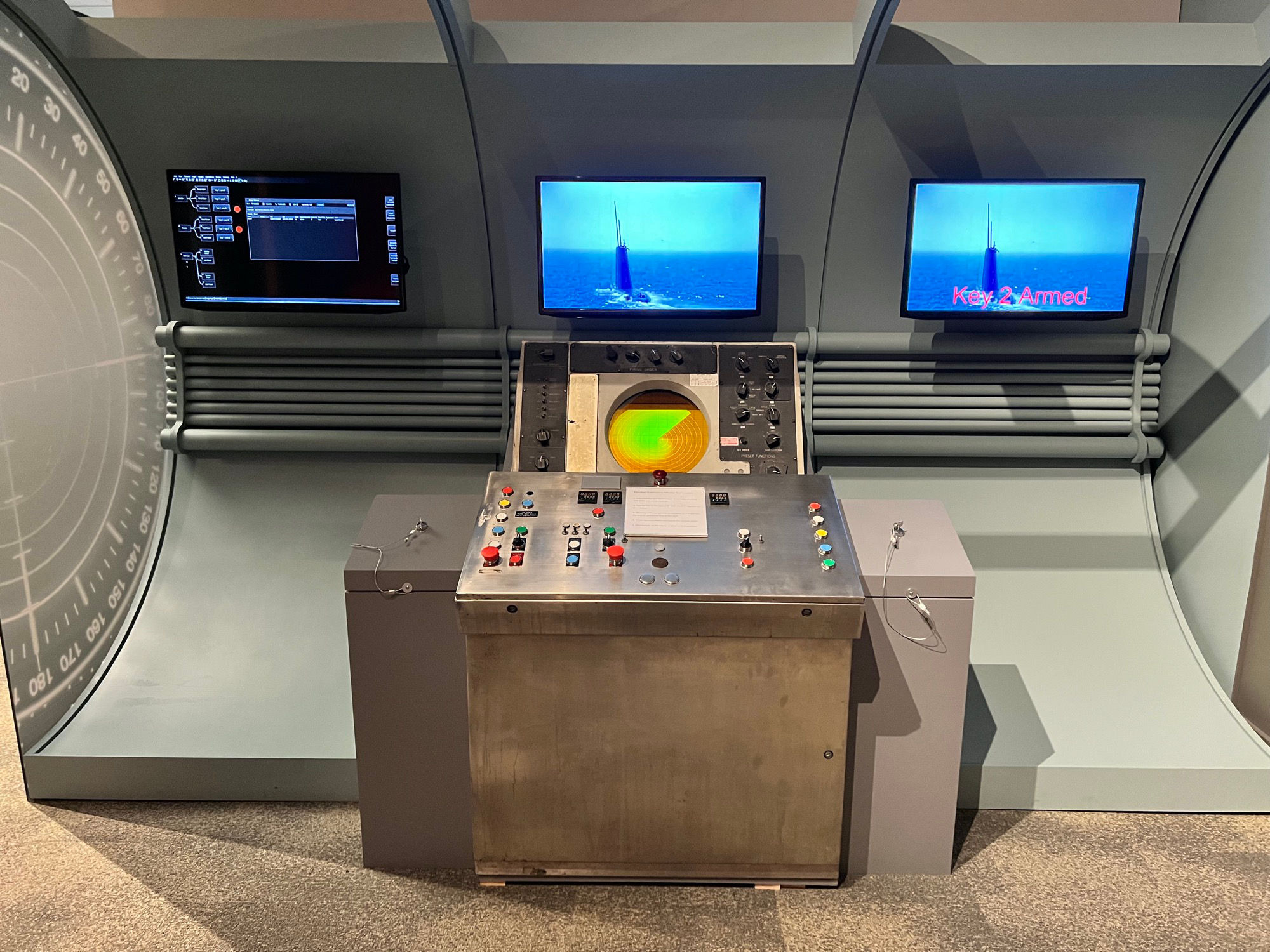
- It takes two people each using a key to launch
